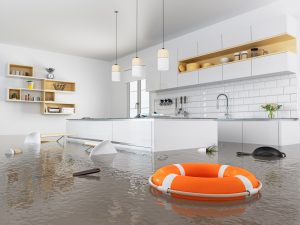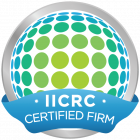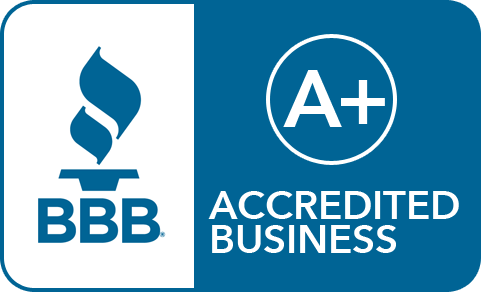Types of Water Damage On Your Douglasville Floors

Water Damage In Douglasville
Categories of Water Damage
Professionals use two terms to help describe the severity of damage: categories and classes.
- Clean Water: If the fresh water has not been contaminated, it is less likely to harbor bacteria that encourages mold growth or foul smells.
- Grey Water: This “dirty water” is contaminated with various cleaning materials such as bleach or dishwashing detergent
- Black Water: Black water is the most dangerous type of water damage– sewage. Black water not only smells, but also contains harmful bacteria, known as pathogens, which can result in contracting various diseases.
- Salt Water: Salt water is not dangerous, but can cause damage to hardwood floors if not dealt with immediately. A common example are salt water fish tanks. If the salt water fish tank spills onto the hardwood floor and is not cleaned up immediately, it could damage the overall finish of the floor.
Classes Of Damage
As well as the different types of water, there are also four different classes of damage that affect the labor and materials needed, and therefore the overall cost of the project.
Class 4 is the most severe class, and usually involves some sort of natural disaster like a hurricane or flooding. In this class, water has saturated materials that usually don’t absorb water quickly: brick, stone, hardwood. The cost for class 4 repairs can reach $10,000, depending on how quickly you can catch the problem.
In Class 3 the moisture has usually come through a ceiling, and involves saturation of the ceilings, walls, and floors.This situation requires serious professional help, in terms of both addressing the flooding, and the structural damage.
Class 2 is when an entire room is affected by water, including the walls to a height of more than 12 inches. The costs really add up when water is in the structure of the walls, and therefore will require additional materials.
Class 1 damage refers to small levels of cleaning, usually involving only clean water. An example would be a leak in a sink pipe or an overflowing sink, resulting in a wet carpet. Class 1 can usually be fixed without the need for professional help, or with minimal professional involvement plus a lot of elbow grease.
Hardwood Floors Are At Special Risk
In the case of hardwood floors, time is another enemy. The amount of water on hardwood floors has a direct connection to the extent of the damage. The more water on the floor, the more damage that could be done. A pipe with a one eighth of an inch crack can dump more than 200 gallons of water a day, which has the potential of causing significant damage to your hardwood floors. Plus, the longer the water sits on a hardwood floor, the more damage it causes. If water has been on the floor more than 24 hours, the potential for replacing the entire floor is significantly greater.
Can I Make the Repairs On My Own Or Do I Need Help?
Before you decide to repair your water damaged hardwood floors, here are some guidelines. If the damage is mild and involves cleaning up a white water stain from less than four gallons of water over less than 24 hours, chances are that you can clean it up yourself.
With more severe damage, such as buckling of the floor, it may be time to reevaluate whether it’s worth it to repair the floor or replace it altogether. When there is more damage than you can handle, reach out to your insurance company and file a claim. Have Dry Pros restoration company respond to your call today and start making the repairs.
Contact A Water Damage Cleanup Pro Today In Douglasville
In general, prevention is a better tactic than restoration. Whether that involves taking the steps to buy flood insurance, or fixing the old pipes, it’s almost always cheaper to spend the money to prevent water damage than to have to spend the money after it’s happened. If you suspect a problem, call our team to investigate.
However, if you have experienced water damage in your North Georgia home, Dry Pros will respond immediately with a full team and resources. They will dive in to salvage your floors, walls, and possessions from additional water damage. When you hire Dry Pros, not only do you get exceptional service, you get peace of mind as well. Call today and find out why so many residents and business owners trust Dry Pros:
- IICRC Certified
- EPS Lead Certified Firm
- Family Owned & Operated Locally
- Day or Night Emergency Calls
- We work directly with your insurance company







